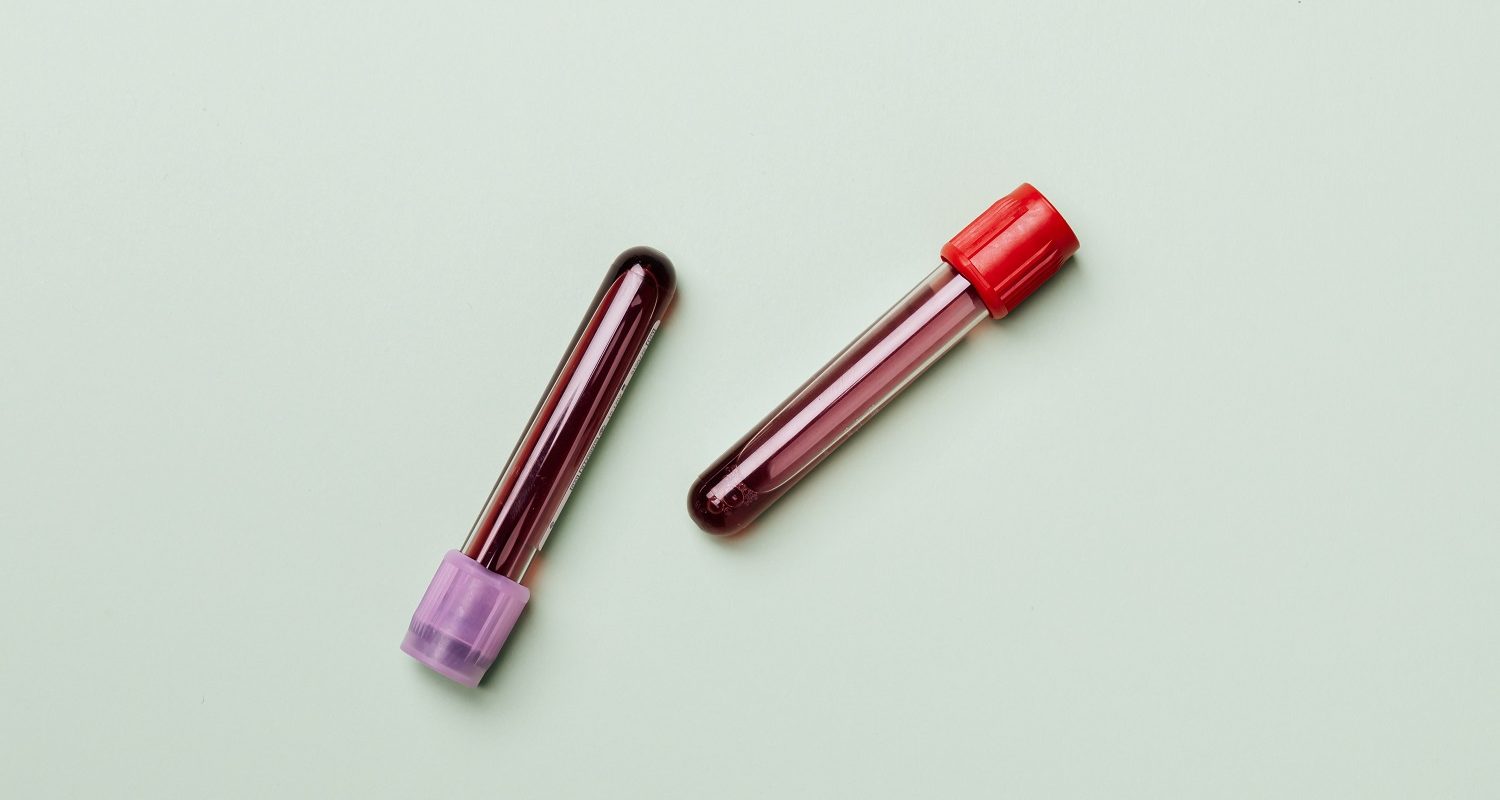KDOQI Clinical Practice Guideline for Nutrition
Categoría
13/10/2021

This Clinical Practice Guideline document is based upon the best information available as of April 2017. It is designed to
provide information and assist decision making. It is not intended to define a standard of care and should not be
construed as one, nor should it be interpreted as prescribing an exclusive course of management.
 Technical Devices to Measure Body Composition.
Technical Devices to Measure Body Composition.
Technical Devices to Measure Body Composition.
Multifrequency BIA. Twelve studies reported on the use of multifrequency BIA (MF-BIA) to assess fat mass (FM) and fat-free mass (FFM) in maintenance hemodialysis (MHD), peritoneal dialysis (PD), and CKD patients not receiving dialysis. Four of these studies were validity/ reliability studies: 2 in MHD patients, 1 in PD patients and 1 in CKD patients not receiving dialysis.
- MHD patients. FM and FFM measured using MF-BIA had good agreement with DXA in 2 studies, had high correlations with several markers of nutritional status in 4 studies, and predicted hard outcomes in 3 studies.
- PD patients. FM and FFM measured using MF-BIA showed wide limits of agreement with DXA in 1 study, which was affected by hydration status, and was an independent risk factor for survival in another study.
- CKD patients not receiving dialysis. In diabetic patients, percent LBM measured using DXA was greater than that predicted by BIA (P < 0.05). Bland-Altman analysis demonstrated biases by BIA, but the mean of the results obtained by combined anthropometry and BIA demonstrated no bias from DXA measurements.
 Anthropometric and Other Measurements to Measure Body Composition.
Anthropometric and Other Measurements to Measure Body Composition.
Anthropometric and Other Measurements to Measure Body Composition.
Skinfold measurements. Ten studies reported on the use of skinfold measurements to assess body composition, including 4 agreement/validity/ reliability studies, 1 prediction study, and 6 correlation studies.
- MHD patients. Bross et al used DXA as the reference test and showed that triceps skinfold thickness (TSF), BIA (Kushner), and near-infrared interactance were the most accurate of the index tests in estimating total-body fat (TBF) percent, although the BIA (Segal) and BIA (Lukaski) equations overestimated TBF percent.
- PD patients. Stall et al examined 5 different tools to assess BF percent. BF percent measurements were different between all methods (P < 0.001), although there were differences according to sex.
- Hemodialysis and PD patients. Woodrow et al compared SKF using DXA and BIA.
- CKD patients not receiving dialysis. Avesani et al used a Bland-Altman plot analysis for BF percent and showed that the best agreement was between SKF and DXA compared with other measures.
Compartir:
Share on linkedin
Share on facebook
Share on twitter
Share on whatsapp
Share on telegram
Share on email
